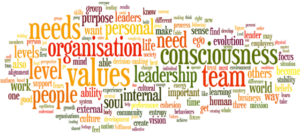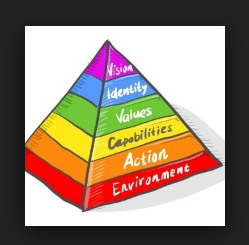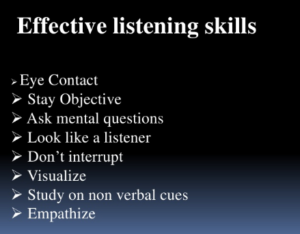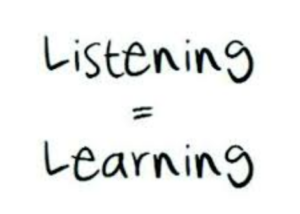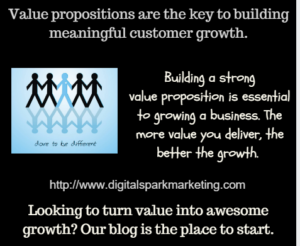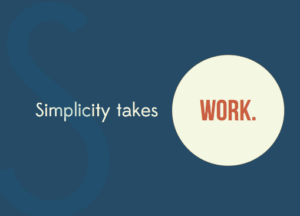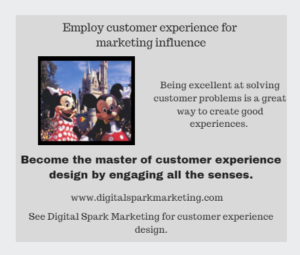We are all very aware of the impact of thinking positive tips on our happiness as well as our success in life. But how to best maintain this positive attitude is another matter, isn’t it?
How you ever used checklists to improve your productivity … or perhaps your positive mental thinking? How well did they work for you?
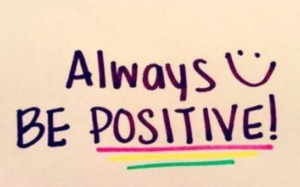
The two most powerful things in existence: a kind word and a thoughtful gesture.
–Ken Langone
We often use checklists to achieve our goal to create the positive thinking that can see opportunity in every difficulty.
After college, I spent almost two years training as a naval aviator. An important element of that training was the use of checklists in the learning and refresher process. Checklist utilization remains an important part of my business life. It is always a good idea to have a helpful checklist for reminders of improvements for your business or your personal life.
You will perhaps have heard this very old story illustrating the difference between positive thinking and negative thinking:
Many years ago two salesmen were sent by a British shoe manufacturer to Africa to investigate and report back on market potential.
The first salesman reported back, “There is no potential here – nobody wears shoes.”
The second salesman reported back, “There is massive potential here – nobody wears shoes.”
This simple short story provides one of the best examples of how a single situation may be viewed in two quite different ways – negatively or positively.
I keep a stack of 10 or so checklists that I rotate and update occasionally. I pull out one checklist to read and contemplate for five minutes as a way to start each day.
I find it puts my thinking in the right frame of mind. Here is one checklist example on simple reminders to improve the odds of success in any task that my team or I may be doing:
Savor life’s joys
Deep happiness cannot exist without slowing down to soak up the positives all around you.

Be forgiving
Harboring feeling of hate and meanness is horrible for your well-being.
Avoid social comparisons
Comparing yourself to someone else can be a poison to your positive thinking.
https://digitalsparkmarketing.com/positive-thinking/
Express gratitude
When you appreciate what you love, what you love appreciates in value. If you aren’t thankful for what you already have, you will have a hard time ever being positive.
Thinking positive: Nurture your relationships
The most positive people we know are the ones who make friends easily and work to build deep, meaningful relationships.
Develop coping strategies
It always helps to have healthy ways to cope with your arsenal.
Increase flow experiences
We define flow as a state in which it feels as if time is standing still. It occurs when you are so focused on what you are doing that you become one with the task. In this state, nothing competes for your attention.
Become an optimist
People who think as an optimist see the world as a place packed with endless opportunities, especially in the tougher times.
Thinking positive … practice acts of kindness
Selflessly helping someone is a super powerful way to create a positive attitude.
Commit to your goals
Magical things start happening when we commit ourselves to do whatever it takes to achieve our objectives.
A useful example

If you are in a business where you deal with people on a regular basis, like we are, your motivation and positive thinking need to be in ‘top gear’ (as it will usually impact most issues of the day).
By spending 5-10 minute reading and thinking about the items on the checklist, you will be better prepared for the events of the day.
Do you consider your company a social commerce business? While there has been considerable hype about social commerce in the last few years, we don’t consider it new … it has been around as long as commerce.
These days there are more channels to engage customers and be social. Positive thinking is everything in this regard.
We like to discuss the importance of positive thinking tips on the success of any business, particularly those that engage with the public to a great extent. Here is a story about a nursery in our region.
It is a story we like to tell because it contains some simple secrets for connecting positive thinking to employee and customer engagement.
A nursery gardener ran a business that had been in the family for two generations. The staff was happy, and customers loved to visit the store, or to have the staff work on their gardens or make deliveries – anything from bedding plants to young trees.
For as long as anyone could remember, the current and previous owners were extremely positive thinking people.
Most folks assumed it was because they ran a successful business. In fact, it was the other way around…
A tradition in the business was that the owner always wore a big lapel badge, saying Business Is Great!
The business was indeed generally great, although it went through tough times like any other company. What never changed, however, was the owner’s positive thinking and attitude, and the badge saying Business Is Great!
Everyone who saw the badge for the first time invariably asked, “What’s so great about business?” Sometimes people would also comment that their own business was miserable, or even that they were miserable or stressed.
Anyhow, the Business Is Great! Badge always tended to start a conversation, which typically involved the owner talking about lots of positive aspects of business and work, for example:
The pleasure of meeting and talking with different people every day
Reward that comes from helping staff take on new challenges and experiences
Fun and laughter in a relaxed and healthy work environment
The fascination in work itself, and in the other people’s work and businesses
Great feeling when you finish a job and do it to the best of your capabilities
New things you learn every day – even without looking to do so
The thought that everyone in business is blessed – because there are many millions of people who would swap their situation to have the same opportunities of doing a meaningful, productive job, in a civilized well-fed country, where we have no real worries.
And so the list went on. And no matter how miserable a person was, they’d usually end up feeling a lot happier after just a couple of minutes listening to all this infectious enthusiasm and positivity.
It is impossible to quantify or measure attitude like this, but to one extent or another it’s probably a self-fulfilling prophecy, on which point if asked about the badge in a quiet moment, the business owner would confide:
The badge came first. The great business followed.
Key Takeaways from this story
Remember, this is the time to create remarkable experiences to create lasting relationships with customers. Lead with initiative … own the moment. Remember attitude is everything. (Want to see some additional tips on how to build customer relationships?)
Being social with great positive thinking and attitude isn’t a new way of marketing; it’s a way of doing business.

What do you do to get yourself and those around you in the right frame of reference for top performance?
Do you have any stories to share your attitude motivation? Any comments or questions to add below?
So what’s the conclusion? The conclusion is there is no conclusion. There is only the next step. And that next step is completely up to you.
It’s up to you to keep improving your positive thinking and attitude. Lessons are all around you. In many situations, your competitor may be providing the ideas and or inspiration. But the key is in knowing that it is within you already.
All you get is what you bring to the fight. And that fight gets better every day you learn and apply new lessons.
When things go wrong, what’s most important is your next step.
Test. Learn. Improve. Repeat.
Are you devoting enough energy to improving your continuous learning for yourself and your team?
Digital Spark Marketing will stretch your thinking and your ability to adapt to change. We also provide some fun and inspiration along the way. Call us for a free quote today. You will be amazed at how reasonable we will be.
More leadership material from Digital Spark Marketing’s Library:
Build an Effective Team by Being a Talent Hound
Success Enablers of Highly Creative Leaders
Secrets to Becoming a Remarkably Mindful Leader
Leadership Characteristics That Improve Influence |




